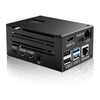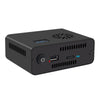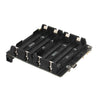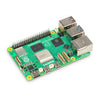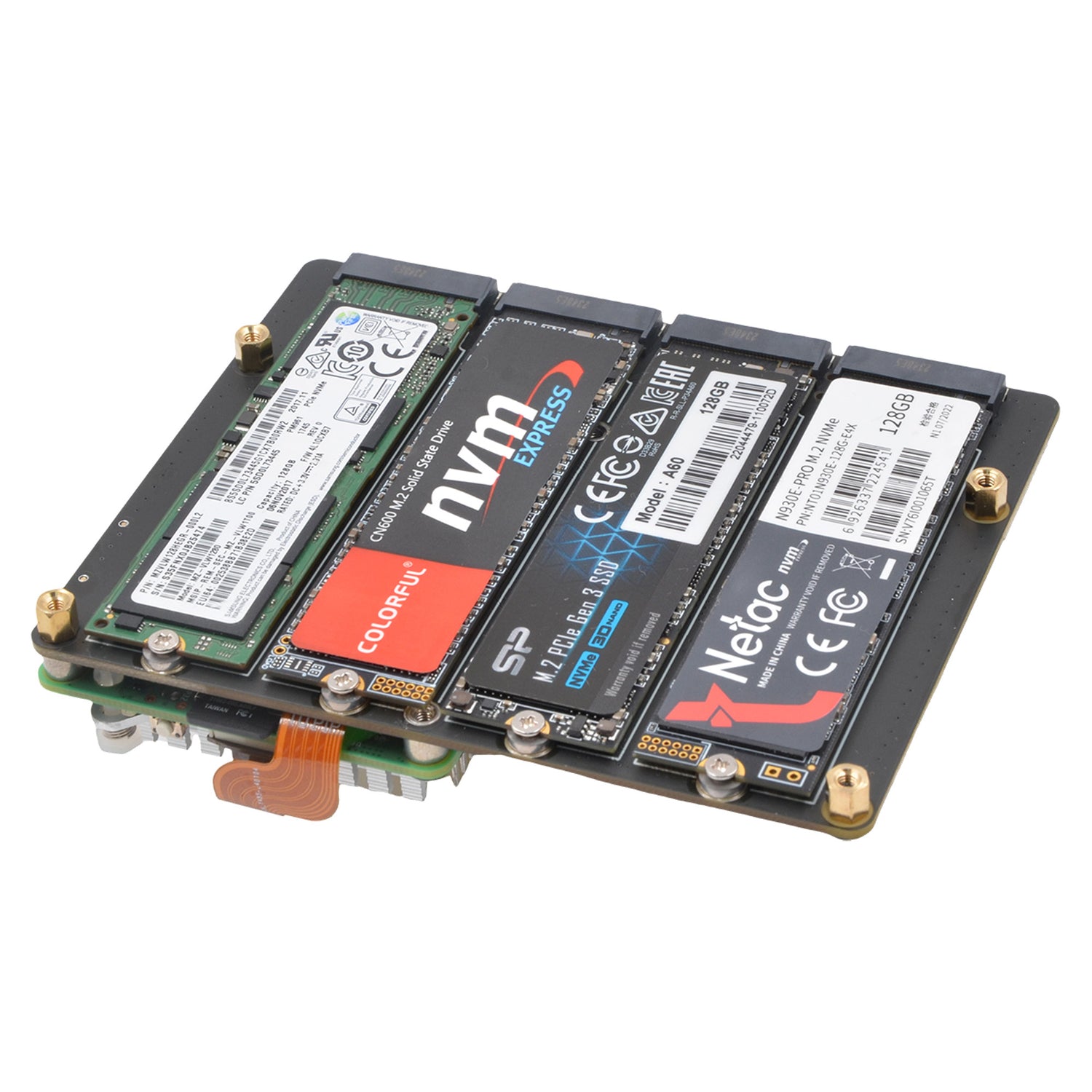While technology makes remote learning possible, the right tech is what you need to maximize it. Indeed, Halifax-based education consultant Paul Bennett predicts that online learning will play a bigger role in reshaping today's classroom, claiming it could become the proverbial spine of the education system in the near future.
That being said, here is some of the hardware and software that will be used for remote learning now and in the future:
Hardware
Raspberry Pi IMAGE:?
?
CREDIT: Wikipedia (No changes were made to the image.)
If you want to keep it compact, a CNN article on go-to computing options for remote learning describes the Raspberry Pi as a small (slightly larger than a deck of cards), inexpensive computer that’s powerful enough for web browsing and accessing educational services. However, running a Raspberry Pi requires a bit more work than your typical laptop, as you’ll also need a monitor or compatible TV, an HDMI cable, and input devices such as a keyboard and mouse. While you need to put these components together for it to work, it's nothing you can't figure out, especially with guides such as our 'Several Tips for Raspberry Pi Beginners' post. Just make sure you buy an SD card as well, as it's crucial to setting up your Pi.
Laptop:
CREDIT: Carlos Musa via Unsplash
For more course-intensive activities like editing videos or simply making presentations, a laptop should also be considered a necessity. A HP blog on the best tools for remote work details how laptops are getting better and more powerful every year, making them perfect not just for work, but more so for remote learning. Laptops also have a built-in webcam that will allow you to participate in video lectures and are powerful enough to let them multitask as well. In short, a personal laptop is absolutely essential to learn remotely.
Smartphone
CREDIT: Selwyn van Haaren via Unsplash
Smartphone use is prevalent among students worldwide, and the assumption is that it’s a bad thing. However, a survey on smartphone use conducted by The Learning Network found otherwise, as many of the respondents are aware of how useful smartphones are, given how they are more mobile and accessible than a laptop. Let this new insight serve as reassurance that smartphones can prove useful in other ways too, as they can help you access education platforms, do research, and participate in virtual classroom discussions.
Software
Google Docs 
CREDIT: Wikipedia (No changes were made to the image.)
The Teach Thought staff regards tools that promote literacy integration as foundational, and the cloud-based word processing app Google Docs is one such tool. As it is cloud-based, Google Docs allows you to collaborate on a particular project, where comments can be added and changes made — all in real time. What's more, Google Docs is being widely used for remote learning already, and it will soon be used by educators to distribute and assess homework in real time.
Zoom

CREDIT: Credit – Netclipart under Creative Commons License. (No changes were made to the image.)
Like Google Docs, Zoom is cloud-based and extremely useful for collaboration. It's quickly becoming a popular platform for conducting online classes thanks to its video conferencing functionality, and a number of educational institutions are likely to be using it already. Not only can classes be held via Zoom, but groups of students can also collaborate on school work and projects. Additionally, Zoom even has tie-ins with home learning programs such as Khan Academy and Outschool that can help you keep learning in structured environments even while at home.


